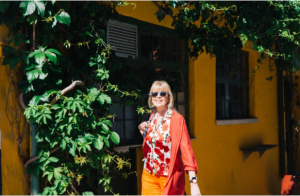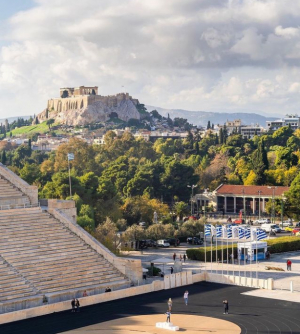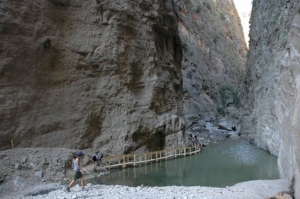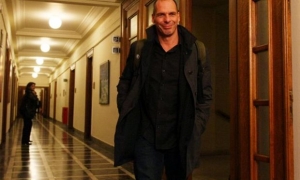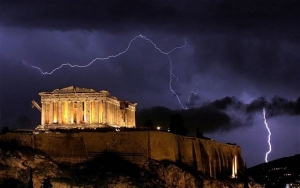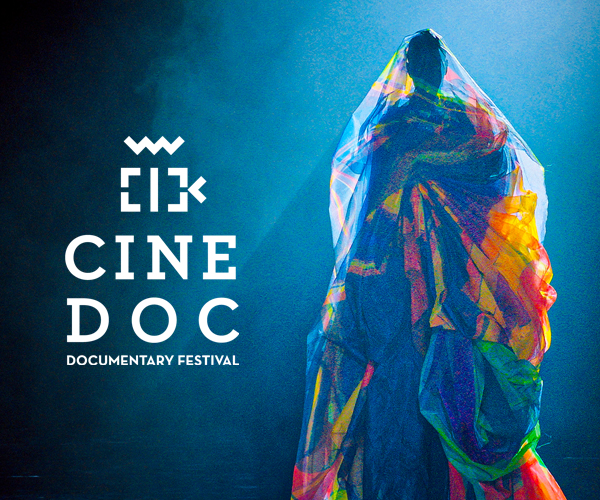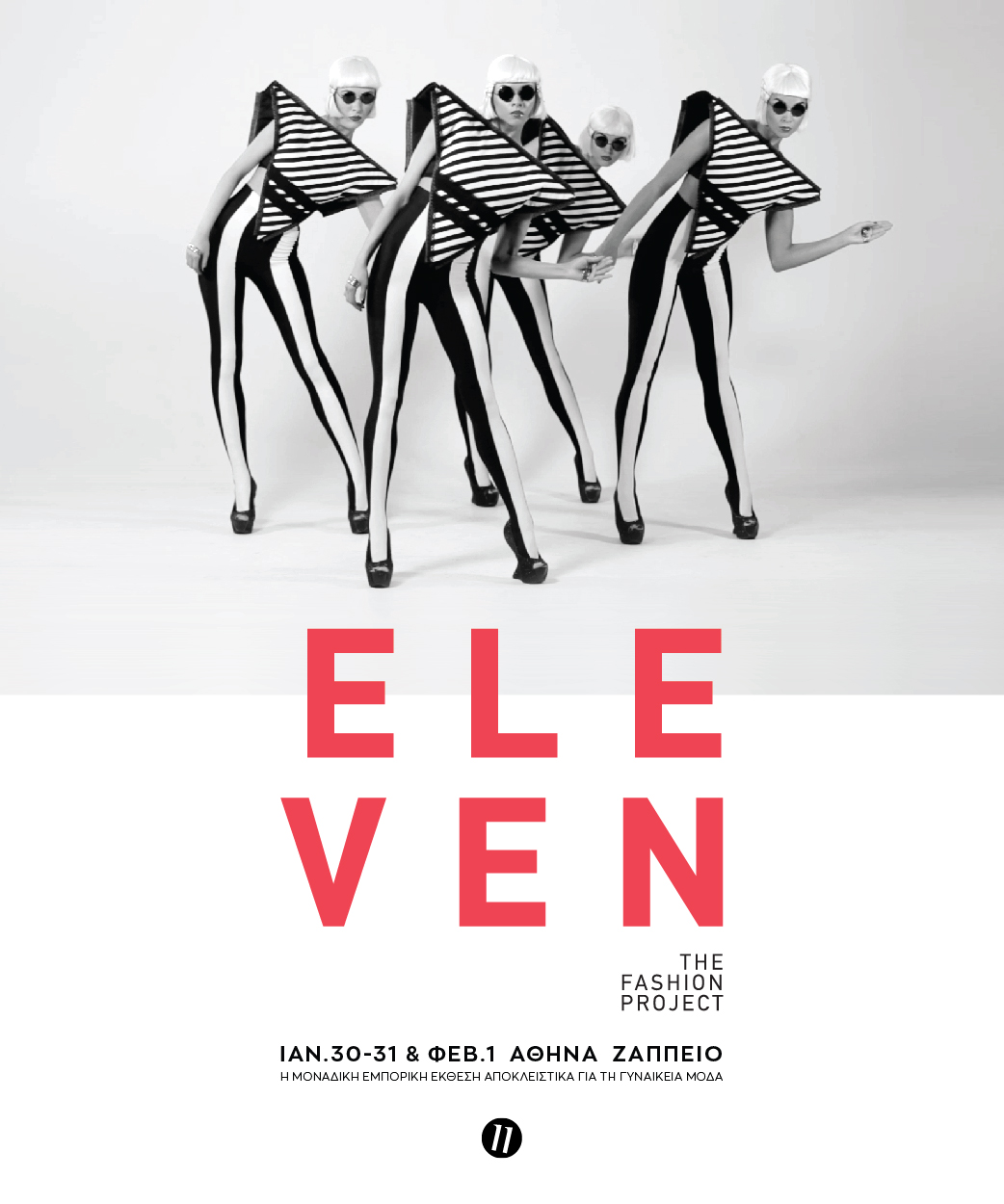XpatAthens
Drive-In Cinema To Open In Athens
We are looking forward to giving our evenings a dash of retro charm while staying safe at the same time. Stay tuned!
This content has been sourced and prepared by Codico Lab
Exploring The Urban Soul Οf Athens With Sofka Zinovieff
Recently, she launched her new podcast series “Athens Unpacked” for This is Athens and she shares some snappy tips for digging beyond the Acropolis—to the heart and soul of this captivatingly complex city.
You’ve called Athens home for 20 years. How has your relationship with the city changed and matured since you first moved here from England?
I’ve had several phases in my relationship with Greece. I first came as a research student in the late 80s, learned the language, and became involved with the place. During the last two decades, my relationship with Athens has been like a marriage – committed and based on love, but with squabbles and occasional rough patches.
What’s the most common misconception people have about Athens that you’d most like to correct?
People often visit during the hottest time of year, in a rush on the way to an island. Athens appears impenetrable and overheated. It’s a completely different city at other times of the year and can’t be rushed. I’d advise talking to locals and adopting their timetable (not going out during the middle part of the day in summer). I’d also suggest that it’s the perfect city to visit in autumn, winter or spring.
Athens is a hectic metropolis with the heart and soul of a village. Would you agree with this statement and if so, how does that village vibe manifest?
Yes, Athens has been settled by villagers ever since it became the capital of modern Greece in the 1830s. Even today, most people have roots elsewhere and return to their village or island. And that’s before we look at how neighborhoods can be quite villagey, designed around their plateia (main square) with a traditional coffee shop and church, etc.
Would you classify Athens as a city that’s easy to get to know; that reveals itself readily to visitors?
Athens is a mysterious city and sometimes challenging. But many of its charms are readily apparent: the intertwining of the ancient and the modern; the neighborhoods for strolling; and the fabulous places for eating out are all there and waiting.
If someone has only 48 hours or a weekend here, how can they best tap into the authentic pulse of Athens?
Stroll around the neighborhoods. Eat and drink where Athenians do. Pause to notice the details rather than ticking off a list of ‘the sights’. And, to get a sense of perspective, go up a hill—I don’t mean the Acropolis—there are plenty of others, such as Lycabettus, Philopappou, or even a more off-radar one like Tourkovounia (the Turkish Mountains).
To read this article in full, please visit: thisisathens.org
Photo by: Thomas Gravanis
Thank you This is Athens for your contribution as an XpatAthens Partner.
Patsas: Greece's Hangover Soup
Greek Tripe Soup
Patsas is traditionally made from tripe, legs of pig or cow and many also add pig intestines to the recipe. Some people prefer to use beef or lamb, depending on their personal taste.
In Greece, especially in Athens and Thessaloniki, this strong-smelling soup is highly consumed after a big night at the Bouzoukia, as apparently it relaxes the stomach, making it Greece’s favorite hangover food.
It is very common to find people heading to a Patsazidiko, which is a tavern normally found close to the meat markets in the city centre, to eat a bowl of patsas before heading home after a huge night.
Patsatzidika often serves up multiple varieties of this dish. Patsas in the taverns are usually made either with tripe or with feet and the two are occasionally combined and accompanied by other organ cuts, such as the large intestine or pancreas. Greek chefs cut, pre-boil, then simmer the organs for hours to get a soft texture. Then they add salt, pepper, lemon, and sometimes red pepper and onion.
Patsas is sometimes topped with kokkino (fat from the broth mixed with red pepper), skordostoubi (chopped garlic in vinegar), or red pepper shavings.
Tripe soup is also popular in Turkey, Spain, Portugal, and other parts of Europe!
To read this article in full, please visit: greekcitytimes.com
A New Year, Full Of New Beginnings
Discovering The Natural Wealth Of The Gorge Of Samaria
As they walk through the gorge, visitors are often stunned by the dense vegetation around them: towering pine trees and ancient cypress trees with massive horizontal branches stand proud on the slopes. At higher altitudes there are forests of maple, and where moisture is more plentiful, there are sycamore, oleander and willow trees.
In the National Park area there are more than 450 species of plant, 70 of which are species and sub-species native to Crete, such as Cretan dittany (Amaracus dictamnus – a type of mint), Ebenus cretica - a species of perennial flowering plant of the Fabaceae family, zelkova (Zelkova abelicea) and the Cretan Pine (Pinus brutia cretica).
Some of the plants, such as Bupleurum kakiskalae, a species of flowering plant of the Apiaceae family, Myosotis refracta refracta (a type of forget-me-not) and the orchid Cephalanthera cucculata are found only in the gorge. An idea of the natural wealth of the gorge is given by the fact that no one is yet sure precisely how many species actually exist within it.
There is also, of course, an impressive array of fauna in the gorge, which is home to a host of species and sub-species which are exclusive or almost exclusive to Crete (32 species of mammal, 3 species of amphibian, 11 species of reptile and around 200 species of bird).
To read more, please see visitgreece.gr
Mmmmm….. Bougatsa
Here is the recipe for you to try.
• Serves: 10 slices
• Prep Time: 15 minutes
• Total Time: 50 minutes
Ingredients
• 6 cups milk
• grated rind of 1 lemon (optional)
• 1 1/2 cups sugar
• 1/2 cup melted butter
• 3/4 cups fine semolina
• Confectioner’s sugar
• 3 eggs
• cinnamon
• 1 tsp vanilla
• pastry sheets
Instructions
Beat the eggs in a bowl with the sugar until creamy. Mix in the semolina. Slowly add the milk while beating continuously. Pour the mixture into a medium sized pot and add the lemon rind (if you are using it) and the vanilla. Over medium heat, bring the mixture to a boil, stirring constantly with a wooden spoon. Be careful that the mixture doesn't stick to the bottom of the pot and burn. When it has thickened, remove the pot from the heat, set aside and cover with a lid so 'skin' doesn't form over it.
Take 4 pastry sheets and lay them out on a counter on top of each other. Cut the pastry into 4 quarters - cross wise so you have 16 equal rectangles (1). Brush each fillo rectangle with butter and put to one side.
Take one whole pastry sheet and lay it out. Brush it over with butter. Place 2 of the cut rectangles in the center of the bottom half of the sheet to form a base.(2) Spoon 2 or 3 tablespoons of the cream filling into the center of the base. Fold the pastry on the long sides of the base and the shorter end into the center, enclosing the cream filling, then carefully fold the rest of the pastry over and over into a neat package shape.(3, 4 & 5) Use butter, brushed on the pastry sides and ends as a' glue' to hold the fillo down. You can fold them as small or large as you like. Repeat this procedure to make more Bougatses until the cream and fillo are used up.
Arrange the finished Bougatses on a buttered cookie sheet, and brush them with more butter. Bake at 350°F for about 35 minutes or until the pastry is flaky and golden. When done, remove them from the oven and sprinkle them with powdered sugar and cinnamon.
The Six Reforms To Be Submitted At Monday’s Eurogroup
The Minister of Finances Yanis Varoufakis announced that he will submit six reform proposals at the Eurogroup on Monday, which will address the humanitarian crisis, taxation and public administration, among others.
According to high-ranking government sources, the six reforms which Mr. Varoufakis intends to submit in Brussels are:
1-2 Humanitarian crisis – Administrative Reform: The government sources claim that this will be an effort to combat the “poverty triptych” of food, housing and energy sufficiency, which will be combined with the necessary administrative reform.
3. Addressing outstanding debts towards the state and insurance funds: The goal is to get millions of debtors to begin paying taxes and to create a “tax awareness”. The debts will not be slashed and the bill will aim to reward consistent taxpayers.
To read more, please visit tovima.gr/en
Traditional Greek Pasta - Pastitsio
Source: Ultimate-Guide-To-Greek-Food


